In search of the highlights of the Maastricht Treaty
Stories, hotspots and fun facts brought together in one route
It might not officially be the midpoint of Europe, but Maastricht is indisputably an important focal point. Not just because of its location, where North and South Europe meet, but more especially because it is the place where Europe changed forever, with the signing in February 1992 of the Treaty on European Union. Although the treaty was actually signed in the Gouvernement building on the outskirts of the city, you will find a number of sites spread across the city that are a reminder of this historic event. We have put together a route that takes in these special places, each with their own story.
Good to know before setting out...
Why was the Euro Summit held in Maastricht in 1991? What went on during the negotiations? What was it like to be in Maastricht at the time? A treasure trove of stories and facts like these, ‘Studio Europa Maastricht’ is the city's leading centre of expertise, with a host of activities, studies and exhibitions exploring the ‘Maastricht Working on Europe’ programme running throughout the year. This route has been devised in partnership with Studio Europa Maastricht. Visit www.studioeuropamaastricht.nl for more information about the treaty.
If you're keen to hear some great personal stories and anecdotes of residents or people who were involved in the 1991 Euro Summit, check out the website of Mestreech 1992, which is another initiative of Studio Europa Maastricht.
Tip:
The places associated with the Maastricht Treaty are spread across the city, and some are outside Maastricht. Our tip? Make a day of it by bike. You can use a public bicycle from the station, or one provided by Arriva bike-sharing. These can be found at the special bike parks dotted around the city.
Did you know...
In 2018, the European Commission awarded the European Heritage Label to the Maastricht Treaty, in recognition of its huge importance to European history, integration, and identity.
Studio Europa Maastricht showcases why the Maastricht Treaty earned the European Heritage Label in 2018.
World news & white smoke
The place where it actually happened: the Gouvernement aan de Maas (Provincial Government building) is where, on 9 and 10 December, twelve European leaders came together for nail-biting talks during the European summit. Obviously, the route has to start here. The leaders were locked in negotiations for two days before eventually reaching agreement on matters including the establishment of the EU and the introduction of a single European currency: the euro. The historic treaty was officially signed two months later, on 7 February 1992, in the State Chamber of the Gouvernement building, by the ministers of Foreign Affairs and Finance of the twelve participating countries. The Gouvernement is a stunning place to visit in its own right. It sits on a sort of island in the Meuse, with a garden full of artworks around which you can wander. Inside, it is possible to view one of the two Dutch official copies of the treaty. You can also book guided tours, and there is a special exhibition about the background to, and impact of the Maastricht Treaty. Check out the website of the Province of Limburg.
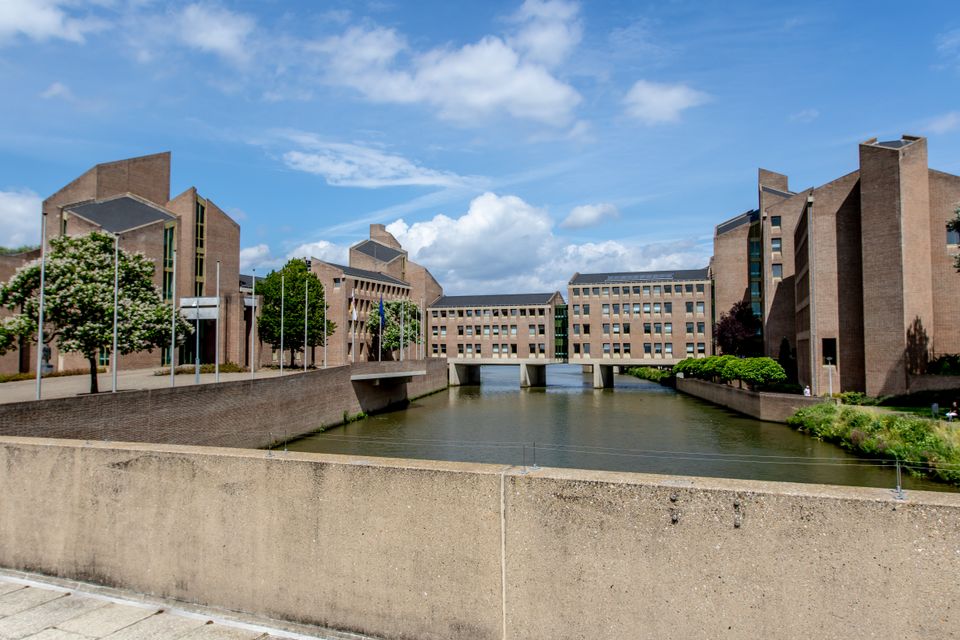
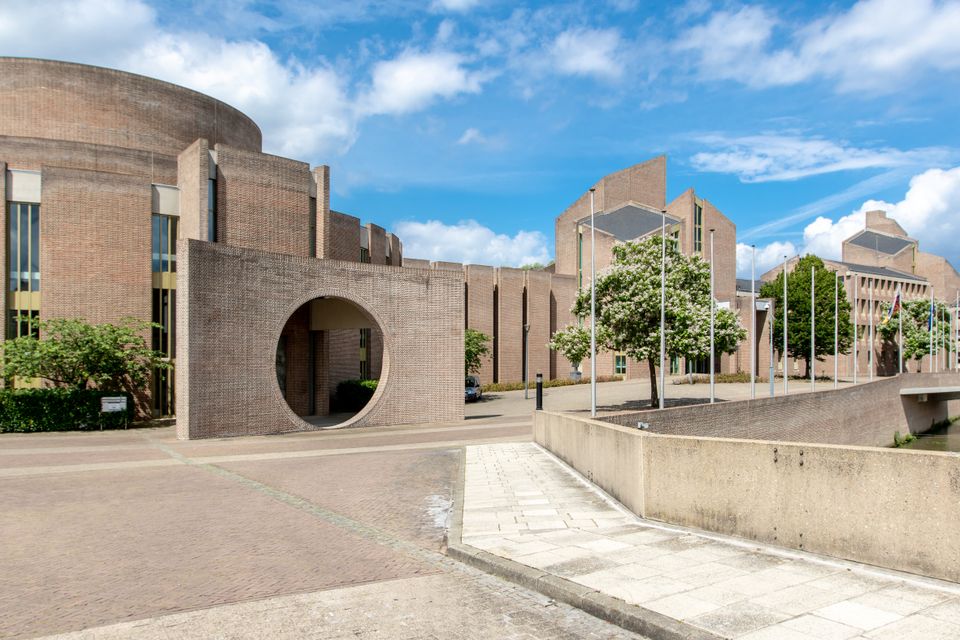
Did you know...
‘All eyes on Maastricht:’ while the Euro Summit was taking place, the whole world was looking on, and closely following the news. More than 2000 journalists reported from the MECC Maastricht, right by the Gouvernement aan de Maas, which was serving as a press centre.
Stars, stones & urban architecture
As you head away from the Government building towards the city, you will see on the roundabout on Avenue Céramique the ‘Stars of Europe.’ This monument was unveiled in 2002, to mark the 10th anniversary of the Maastricht Treaty. The 12 tallest stars symbolize the member states that founded the EU in 1992, while the 23 shorter stars represent new and future member states. The sculpture was conceived by artist Maura Biava and designed by architect Ruby van den Munckhof. A quote that reflects the European idea is emblazoned on each star. A little further on, in the Céramique district, Plein 1992 is another location that exudes Europe. The square was created in the 1990s in honour of the Maastricht Treaty. Bronze plaques are incorporated in the flagstones, bearing the euro symbol and the year 1992. They were designed by architect Jo Coenen. The square is situated between the historic city and the newer, more contemporary Céramique, which is also known as the city's architecture district. This central square is a beautiful blend of old and new Maastricht, where you will find the city library, stunning architecture, good coffee and, from the Hoge Brug bridge, a glorious view of the Maastricht skyline.

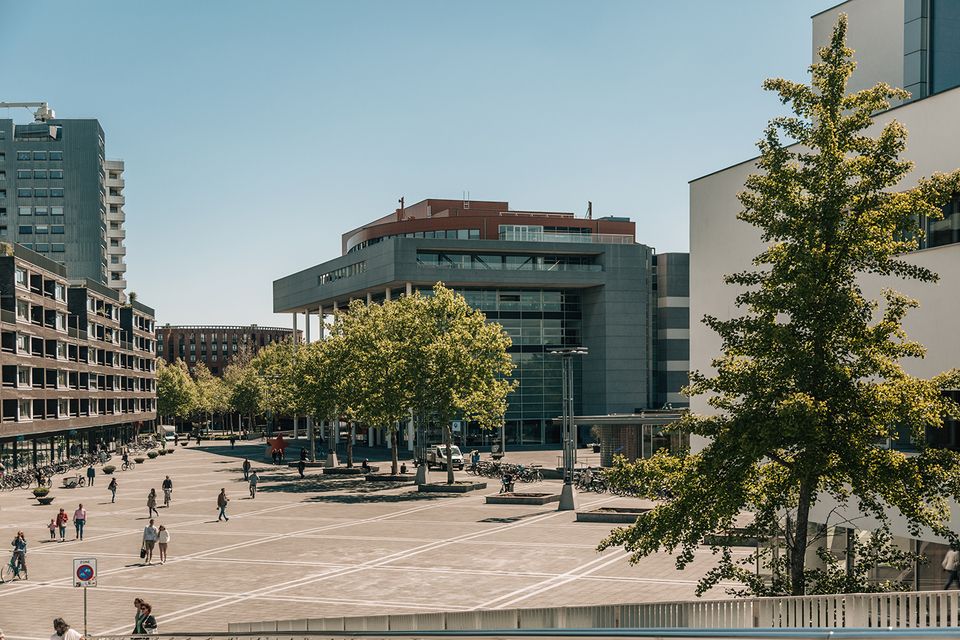
Did you know...
'Whatever kind of European you are, whatever kind of Europe you wish, remember the past while shaping the future.' This is a quote by Hans van den Broek, former Dutch Minister of Foreign Affairs on one of the ‘Stars of Europe.’ It is a great example, and an illustration of how current the European idea remains to this day.
Every European country, beer in hand
To enjoy the view over the Meuse from the Hoge Brug, cross the bridge, heading for the Stadspark (city park), and follow the route towards Onze Lieve Vrouweplein square, continuing to Vrijthof. Although the official negotiations took place on the East side of the Meuse, the whole city was abuzz with the knowledge that something very special was happening. Even the cafés got in on the act. During the summit, twelve cafés in Maastricht each adopted a member state of the European Community. Maastricht’s oldest café In Den Ouden Vogelstruys, on Vrijthof, was renamed ‘Salon de séjour de François M’, in honour of France and its then president, François Mitterrand.
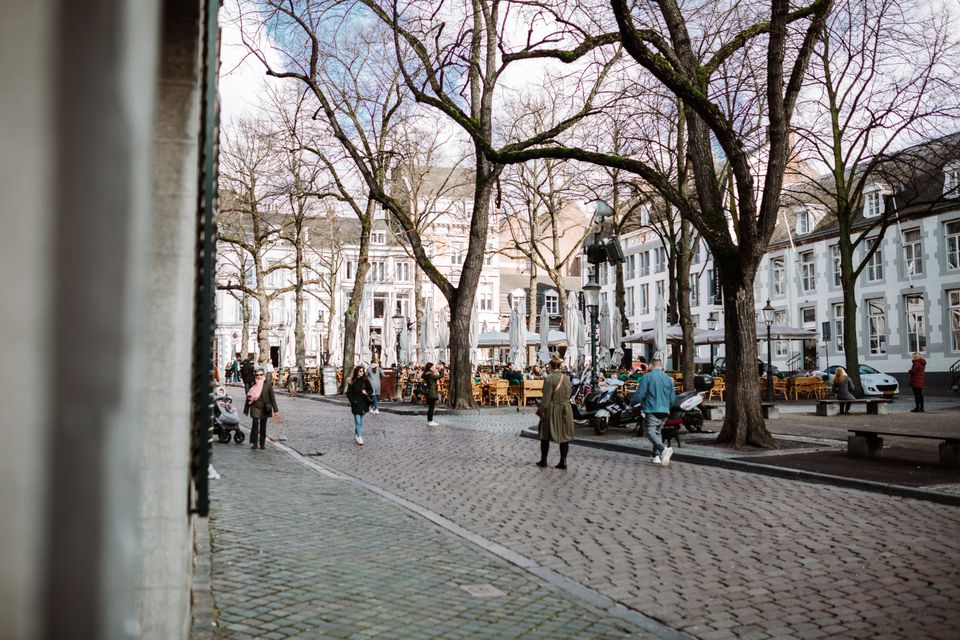
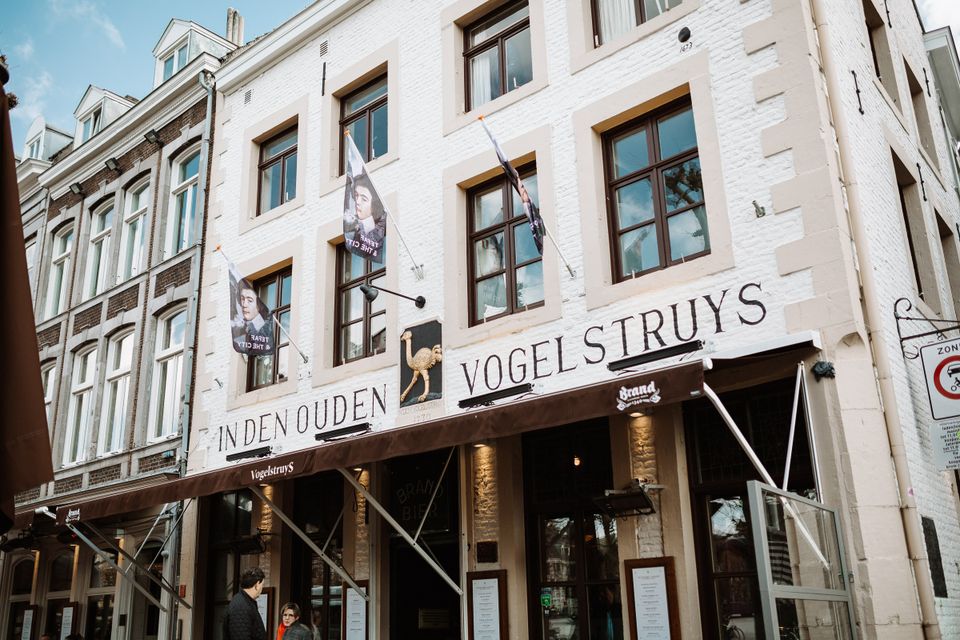
Did you know...
Everyone who visited In Den Ouden Vogelstruys during the Euro Summit who was called Frans, or a derivative thereof, was serenaded by the café’s staff.
Continue your route through the city, to the City Hall on Markt square. Here, on 9 December 1991, the first day of the summit, a gala dinner was held for the heads of government and ministers. Intense negotiations continued in the corridors that evening.
Withdrawing euros on Markt
Where did you withdraw your first euros? Many of you will remember the early hours of New Year's Day 2002, when the first euro bank notes officially came into circulation. Gerrit Zalm, who was Dutch Minister of Finance at the time, made a special trip to Maastricht that New Year's Eve for the occasion, to withdraw the first notes from a cash machine on Markt.
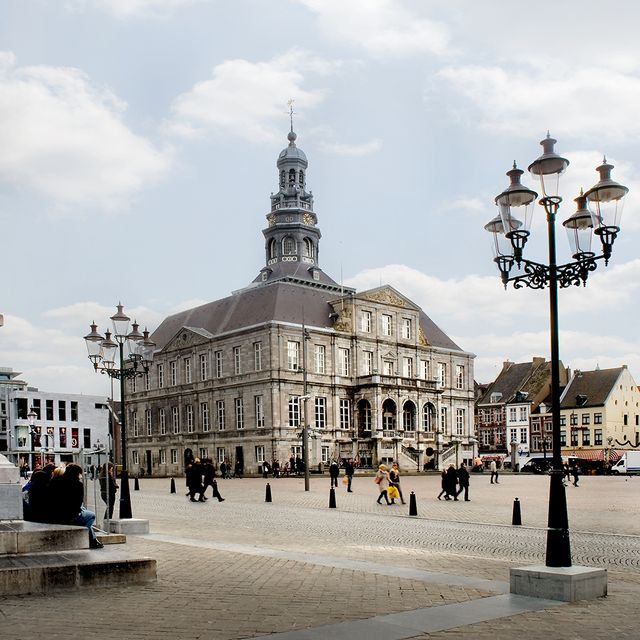
Written in stone
For the last important location, you have to venture outside the city, but it's worth it to discover one of the most beautiful spots in the countryside around Maastricht, amongst the hills, surrounded by greenery. This is a place that exudes history and draws visitors from all over the world. The charm of the south! You can see why Queen Beatrix chose Château Neercanne as the location for a lunch on 9 December for the heads of government and the French head of state. The queen addressed the leaders in attendance with encouraging words about unity and the introduction of a single European currency. The assembled leaders enjoyed food, drink, and warm hospitality.
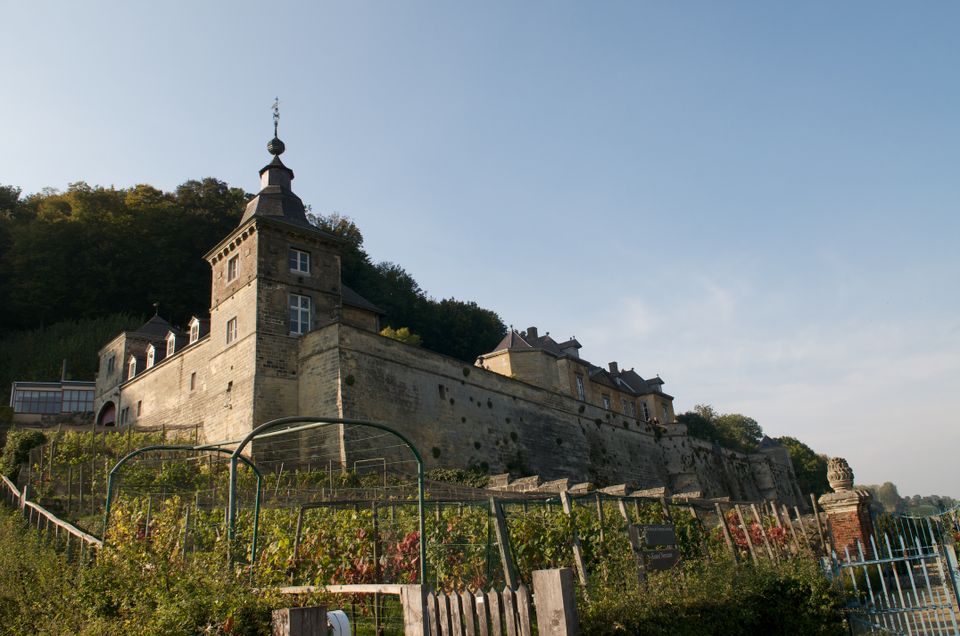

Did you know...
In the marl quarry next to the château, the queen and the European leaders wrote their signatures on the marlstone wall, announcing the ‘birth’ of the euro.